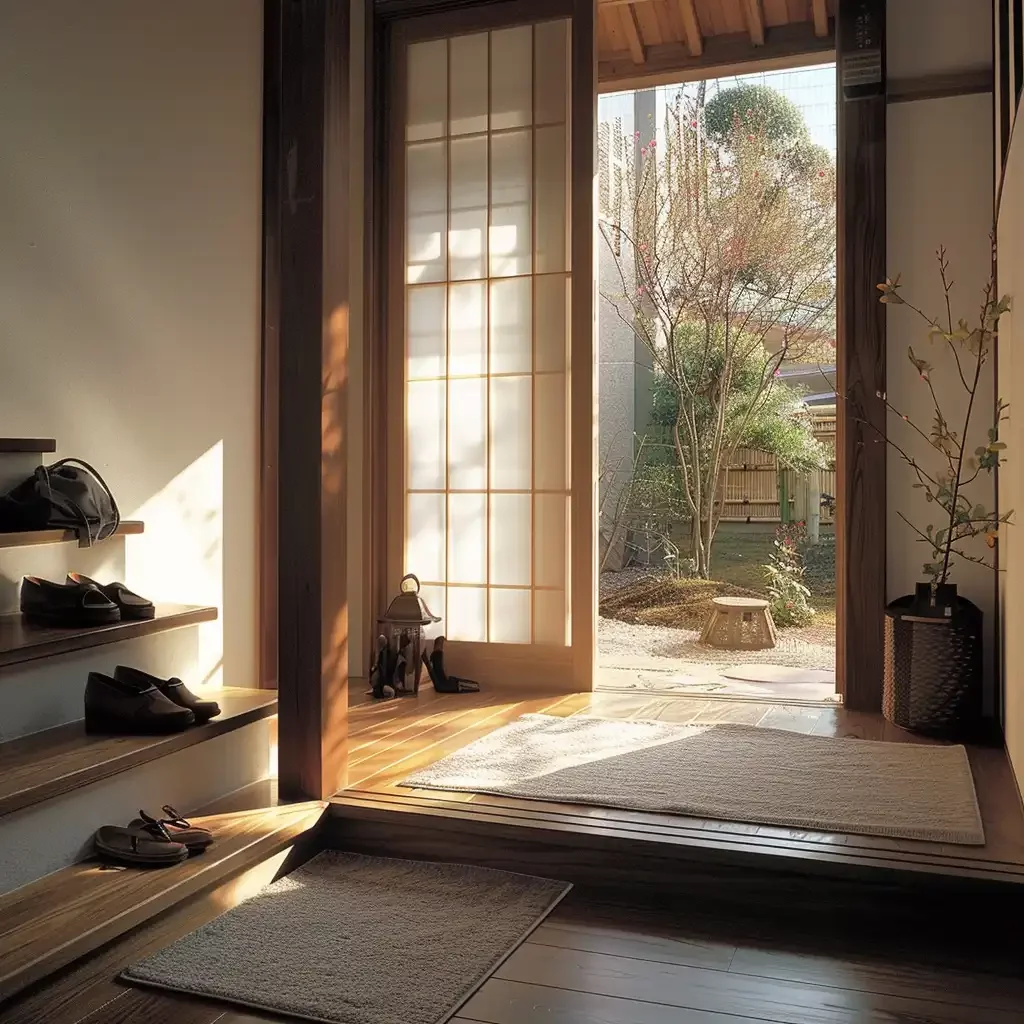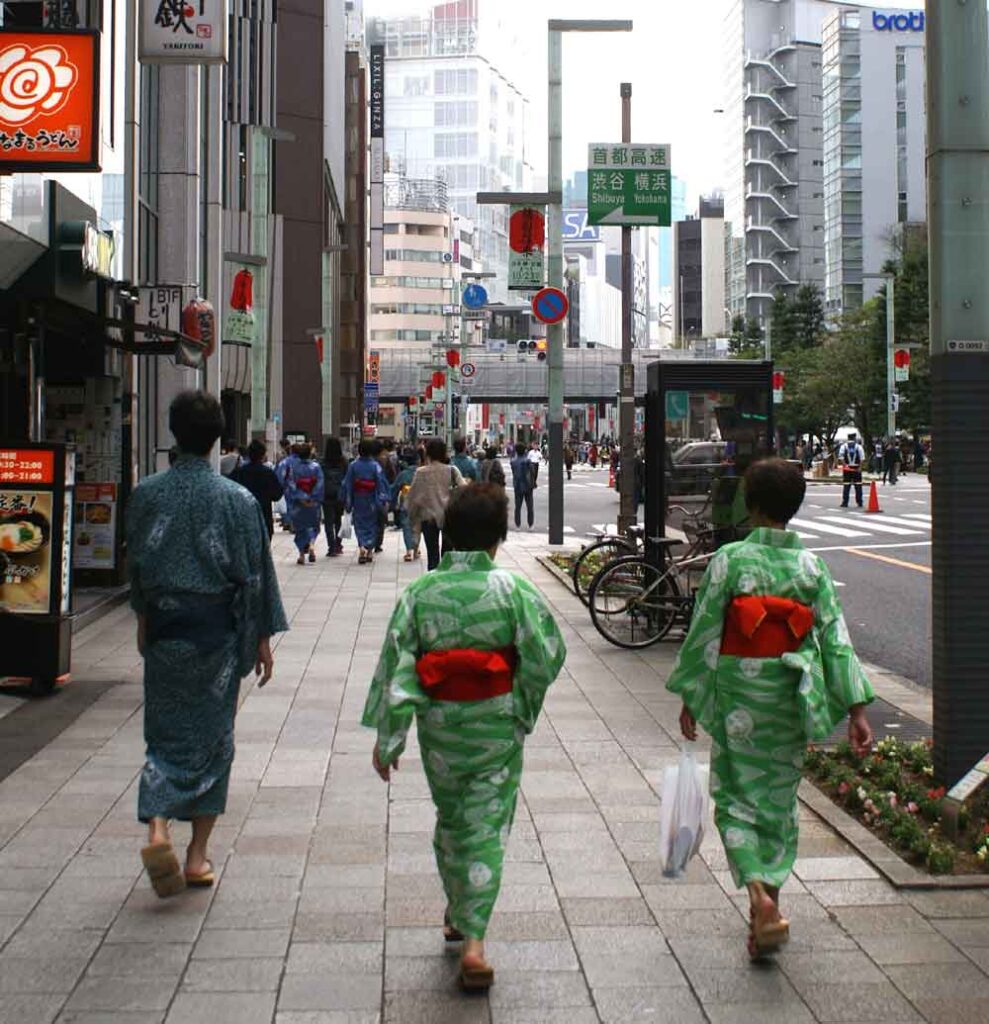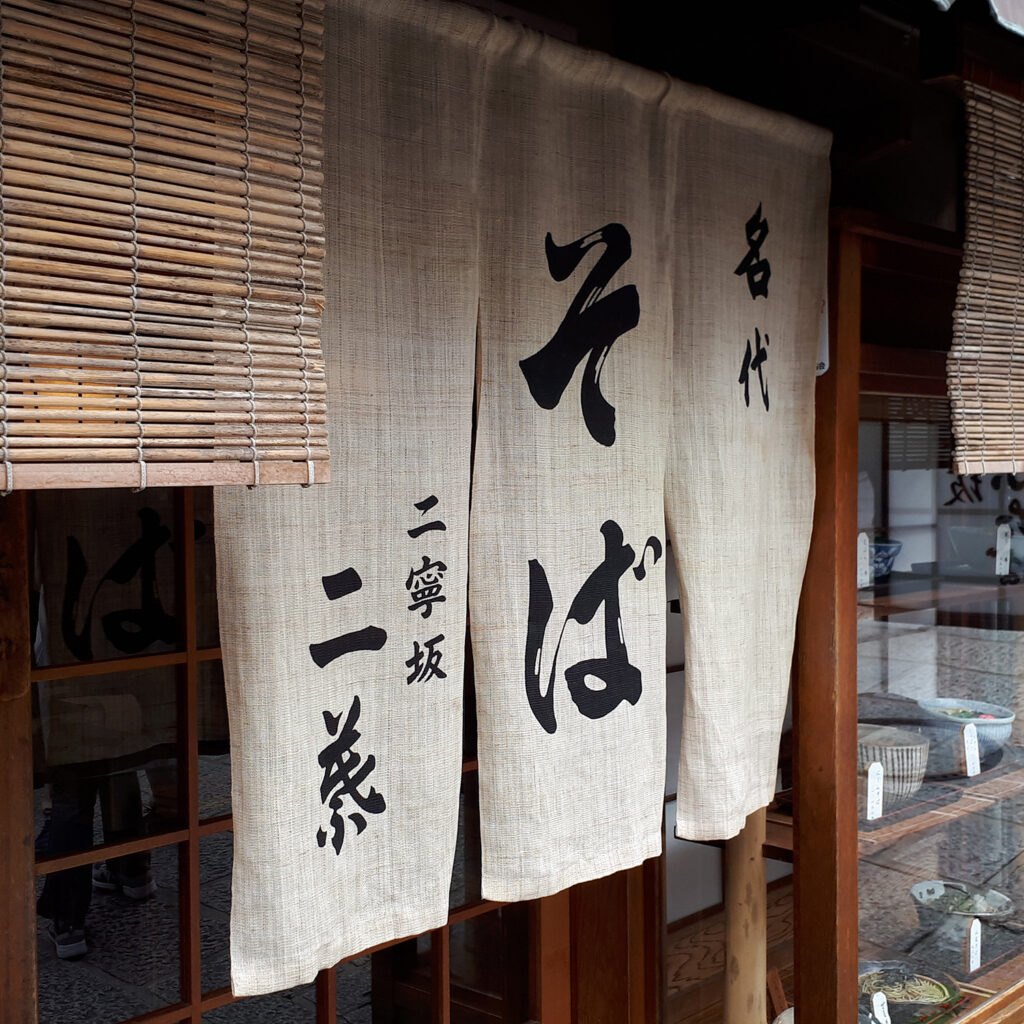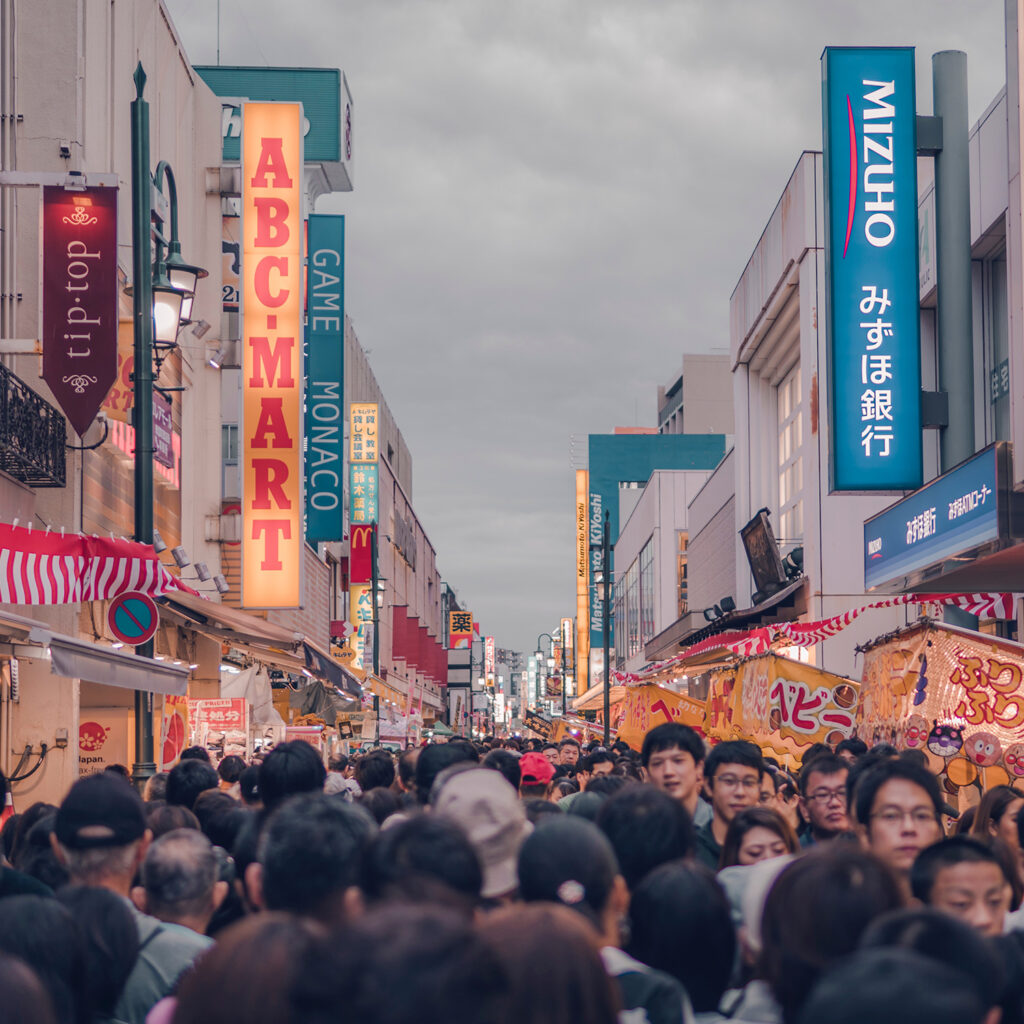In Japan, the genkan is more than just a vestibule or entrance to a house. It is a sacred space where daily rituals take place. One of the most common and important practices related to genkan is changing shoes. This tradition, anchored in Japanese culture, reflects not only the values of hygiene but also respect and courtesy.
The Genkan: A Space of Transition
The genkan is generally located at the entrance to houses, apartments, and even schools and certain offices in Japan. This raised space serves as a transition zone between exterior and interior. When entering a Japanese house, you first find yourself in the genkan where it is customary to remove your shoes. Then, replace them with indoor slippers.
The Shoe Ritual
- Removal of Shoes: As soon as you enter the genkan, you remove your shoes while standing on the lower level of the ground. This avoids getting the upper level dirty with shoes that have been on the outside. The shoes are then placed carefully, facing outwards, ready to be put back on when exiting.
- Wearing Slippers : Once the shoes have been removed, put on indoor slippers provided in the genkan. This helps maintain the cleanliness of the house and provides additional comfort.
- Tatami and Slippers : In traditional rooms covered with tatami, it is common to also remove the slippers before entering. In fact, this prevents damage to these delicate straw mats.
Significance and Importance
This practice goes beyond hygiene. It is anchored in cultural values of respect and consideration. Removing shoes before entering a home is a sign of respect for the host and the living space. It also symbolizes a clear separation between the outside world, often perceived as impure, and the inside, a sanctuary of purity and comfort.
Influence and Adaptation in Public Spaces
The concept of genkan and the removal of shoes is not limited to private homes. This practice is found in schools, temples, some offices and medical establishments. In these places, shelves or lockers are often installed to store shoes. And we provide slippers for visitors.
Impact on Architectural Design
The presence of the genkan also influences the architecture of Japanese homes. This space is often designed with a raised level and specific materials. Such as tiles or wood, which are resistant to moisture and dirt. This design allows for easy cleaning and maintains the distinction between interior and exterior.
Conclusion
Genkan and the ritual of changing shoes are essential elements of Japanese culture. They reflect deep values of cleanliness, respect and comfort. Whether you are a visitor or resident in Japan, understanding and respecting this tradition enriches the cultural experience. This shows an appreciation for local customs.





